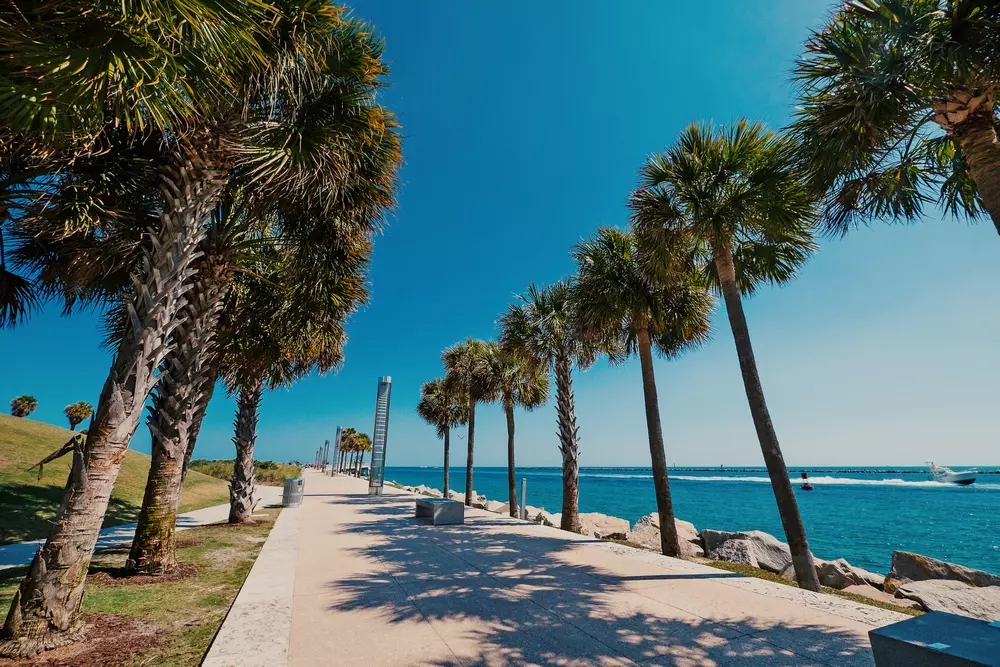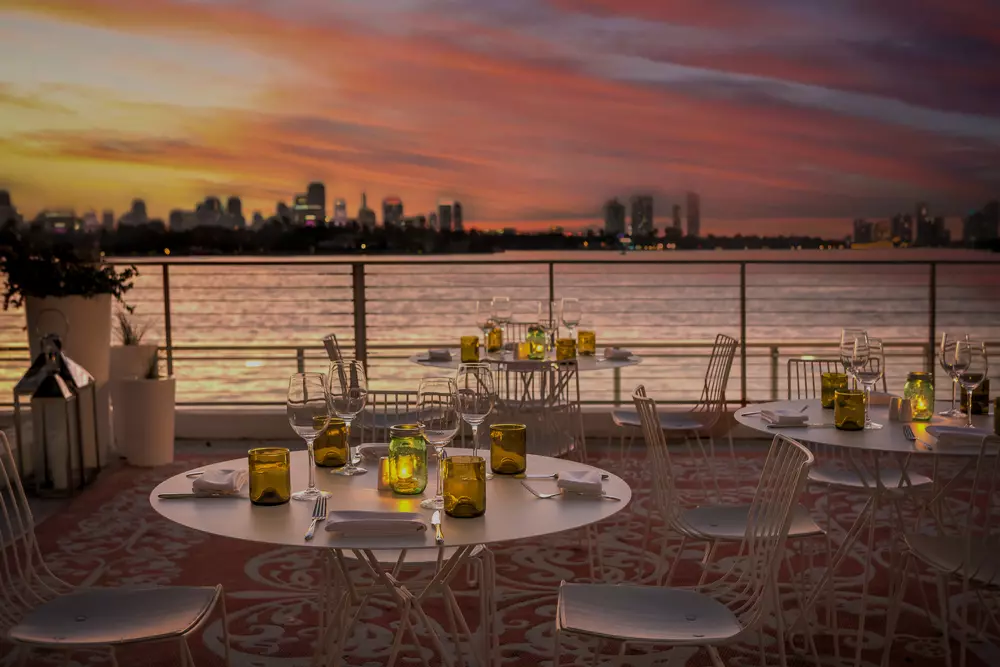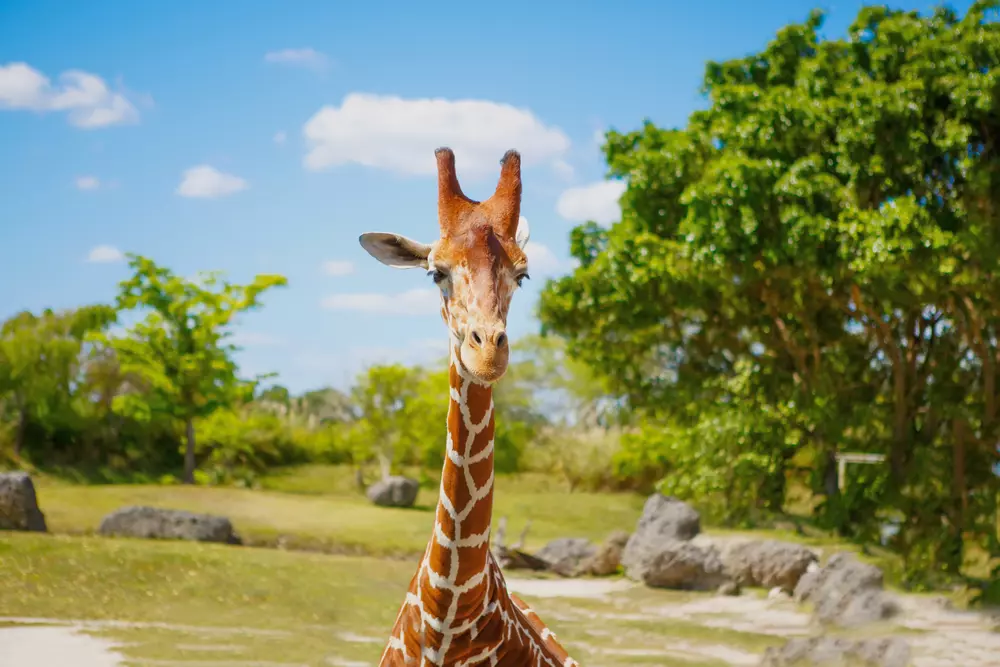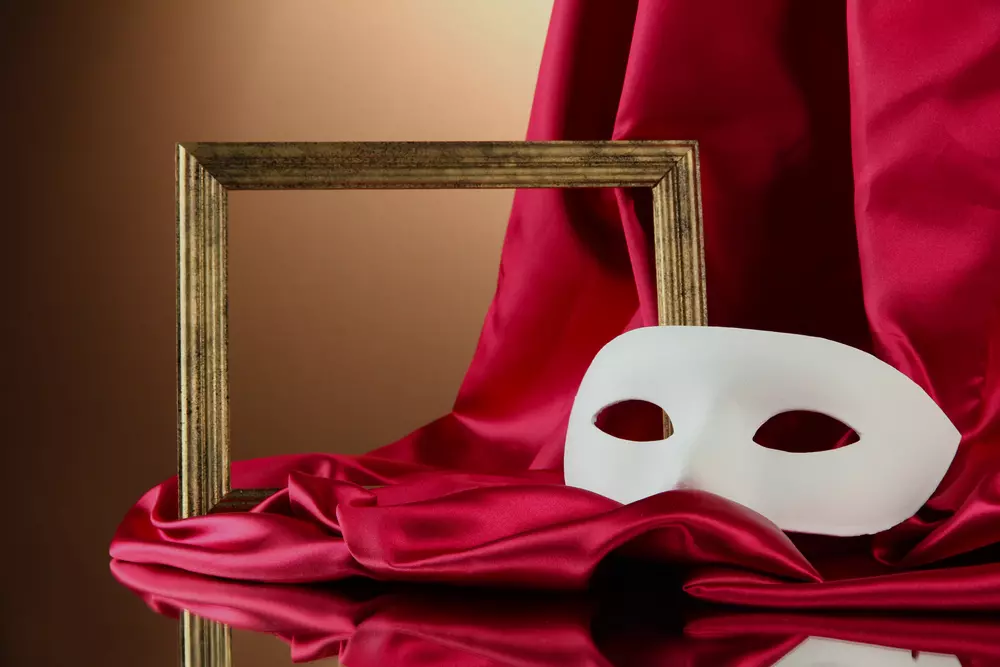The Mysterious Village on Stilts in the Ocean
Miami is famous not only for its white sandy beaches, magnificent hotels, and vibrant nightlife. The city holds many secrets, and one of them is Stiltsville. This unique attraction is a small settlement of houses on stilts, located in the crystal-clear waters of Biscayne Bay.
The mysterious village of Stiltsville, resting on stilts in the ocean just half a mile from the Florida lighthouse, is not exactly Miami’s calling card. Yet not only travelers, but even native Miamians are often unaware of its existence. The remaining stilt houses in Biscayne Bay hold many mysteries and legends.
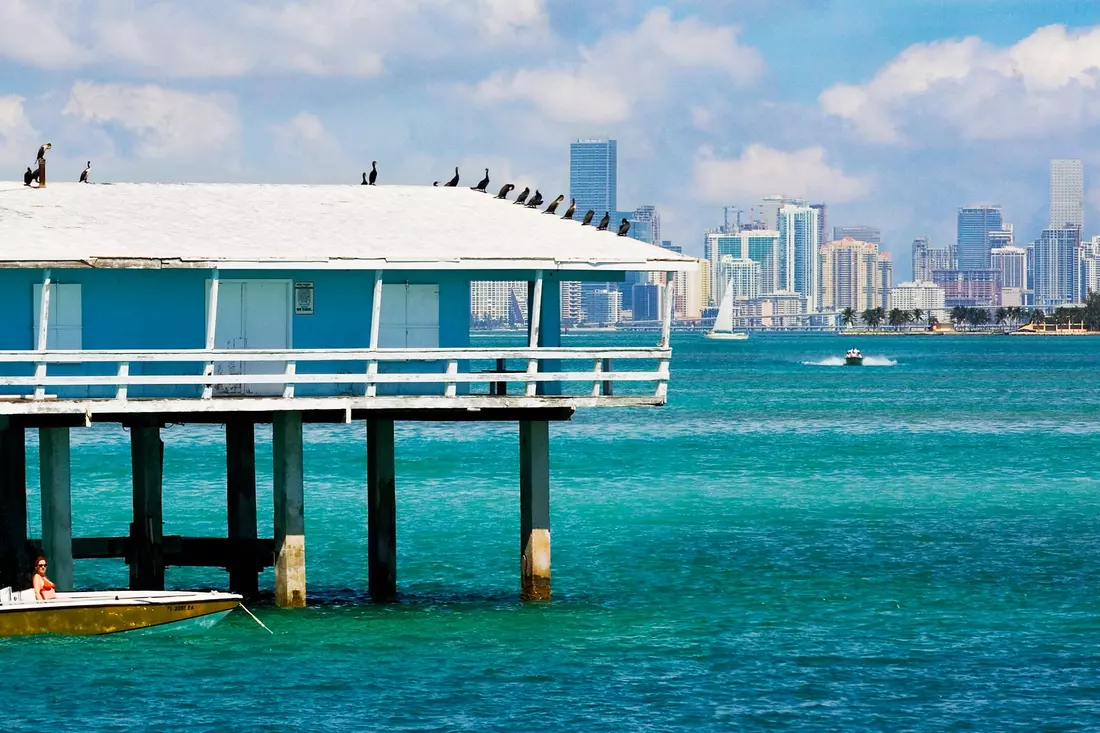
The History of Stiltsville
The history of the village dates back to the 1930s when local fishermen began building wooden shacks on stilts right in the water. These huts served as a place of rest and shelter from the elements during fishing trips. Over time, the number of buildings increased, and Stiltsville turned into a real community where fishing enthusiasts and those seeking to escape the hustle and bustle of the city would gather.
Eddie "Crawfish" Walker, the village’s founder, immigrated to Miami from Key West in 1907 and was the first to build a house here in the early 1930s. Walker earned his living by selling bait and beer and making a legendary crawfish stew caught right under his house.
Witnesses also recalled that although nearly blind and struggling to move on land at the age of 67, Eddie Walker knew all the ocean’s shallows and could predict the weather better than any meteorologist. Walker did not intend to wait for Prohibition to be repealed, so his shack soon became a sort of gambling house.
From Fishing Village to Cultural Phenomenon
Gradually, other stilt houses began to appear around Walker’s shack. People appreciated the opportunities their secluded yet stunningly beautiful homes offered. By 1950, Hurricane King destroyed Walker’s house, but by then, there were already reputable clubs in the village. The first was Calvert Club, built in 1929, which lasted nine years.
By 1940, other non-residential buildings began to appear, including the Quarterdeck Club of Commodore Edwin Turner. The club was so popular that Hollywood stars and famous world politicians visited it to gamble and exchange the latest news. Unfortunately, Florida authorities constantly tried to ban gambling, causing more trouble for the village’s residents than any hurricane. Ultimately, unknown arsonists burned down the Quarterdeck in 1961. The last owner, Carl Mongelucci, wanted to rebuild the club but was unable to obtain the necessary permits.
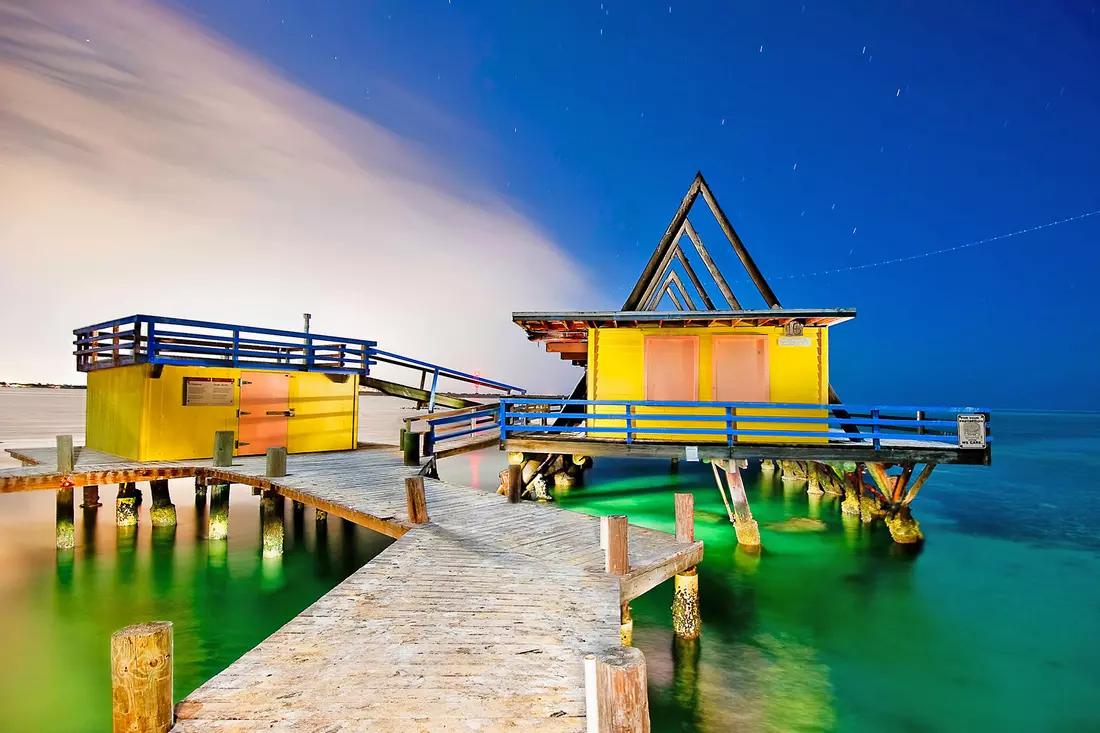
Stiltsville’s Heyday
Over the next several decades, Stiltsville was a favorite place for influential politicians, bankers, and other wealthy individuals who gathered in the ocean village with smugglers and gamblers to drink, have fun, and engage in who knows what else.
Florida Governor Leroy Collins was a frequent visitor in the 1950s, and Teddy Kennedy (then still a bachelor) later organized a legendary party there with his friends, nearly toppling one of the shacks off its stilts.
The village of Stiltsville often proved stronger than nature’s forces, and at its peak in the 1960s, it housed nearly 30 stilt houses. For decades, several clubs and makeshift casinos operated in Stiltsville, with one particular pleasure house admitting only women in bikinis and sunbathing men. The "Bikini Club" was founded by local hustler Harry Churchville (Pierre), who in 1962 founded a 150-foot yacht on mud flats, where moonshine was sold, and free drinks were offered to women in bikinis.
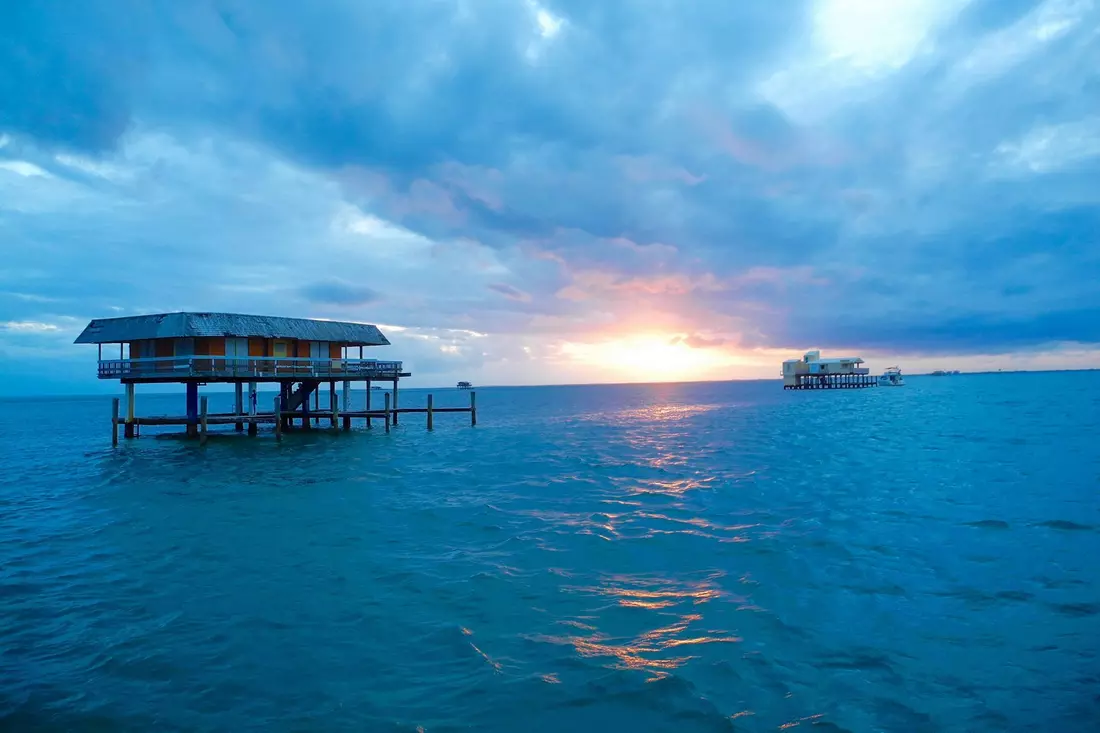
What Happened Next
Soon, daredevils began sunbathing naked on the decks. That was enough to arouse the ire and suspicion of the authorities, and three years later, the Bikini Club was closed for selling alcohol without a license and out-of-season crawfishing.
By that time, people from the mainland began complaining about what was happening, claiming that the stilt houses obstructed their view of the ocean's beauty. The weather wasn’t helping Stiltsville’s survival either, and in 1965, another hurricane destroyed all the houses except 17. All requests to build or rebuild the damaged houses were denied. Of course, the village in the ocean had its supporters, including Circuit Court Judge Frank Knack, who built his own stilt house, but it was too late.

Stiltsville Today
After another destructive hurricane, Andrew, on August 24, 1992, only 14 shacks remained in the village. That same year, another house collapsed after about 150 revelers danced there during a downpour. Today, only seven houses remain, protected by the Stiltsville Trust, with only one or two open for public events.
Stiltsville’s Cultural Impact
Stiltsville significantly influenced Miami's culture. This place became a symbol of a certain lifestyle that characterized the city in the mid-20th century. The stilt houses inspired many artists, writers, and musicians, who reflected in their work the romance and adventurous spirit associated with this place. The uniqueness of Stiltsville served as the basis for several novels, including:
- "Done Deal," by Les Standiford;
- "Skin Tight,""Stormy Weather," and "Naked Came the Manatee," by Carl Hiaasen.
The village has also been captured in films:
- "Absence of Malice," (1981);
- "Bad Boys II," (2003).
Recently, a museum was established on the site of the village, which was awarded by architects Herzog & de Meuron after the Swiss partners first discovered the tiny village in the ocean while boating in Miami.
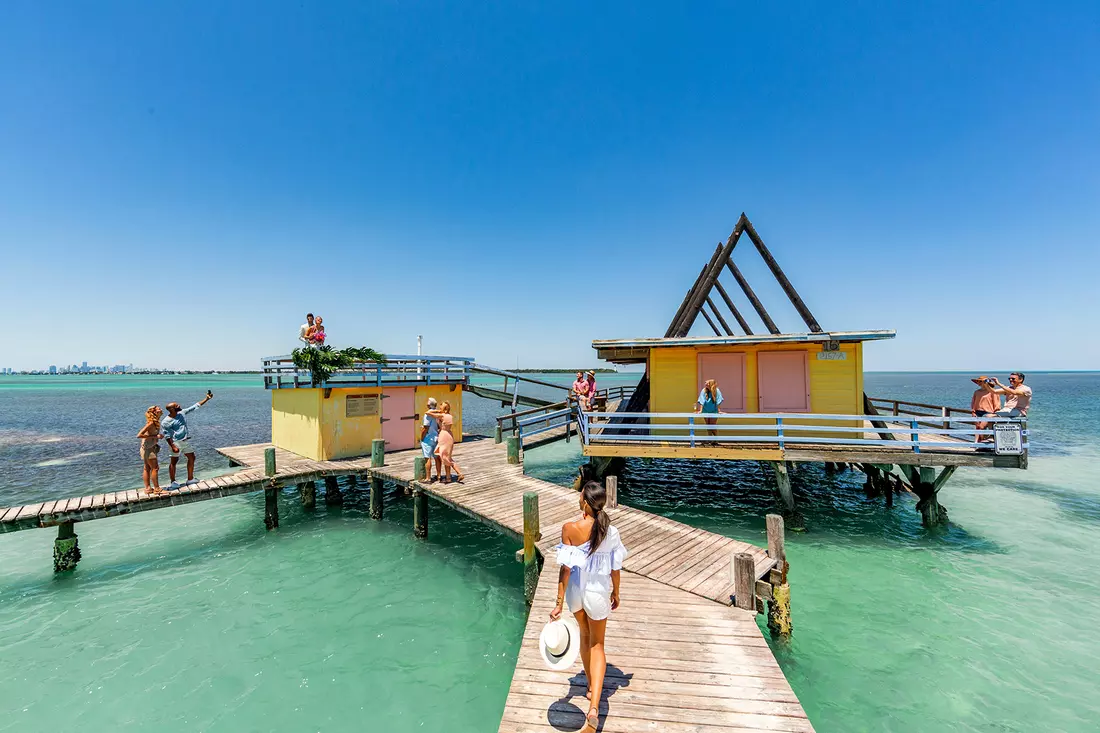
How to Visit Stiltsville
Want to visit this unique place? There are several ways to do it. The most popular option is organized boat tours departing from various points in Miami. These tours include a history of Stiltsville, stops at the most interesting houses, and, of course, the chance to enjoy the picturesque views of Biscayne Bay.
For outdoor enthusiasts, kayaking tours are offered, allowing visitors to see the stilt houses up close and explore the waters around Stiltsville. Some tours even offer the chance to stop at one of the houses and enjoy a picnic on the water.
The enduring charm of Stiltsville represents much more than just a memory of old Florida, so the state’s public is doing everything possible to preserve this fading piece of history.
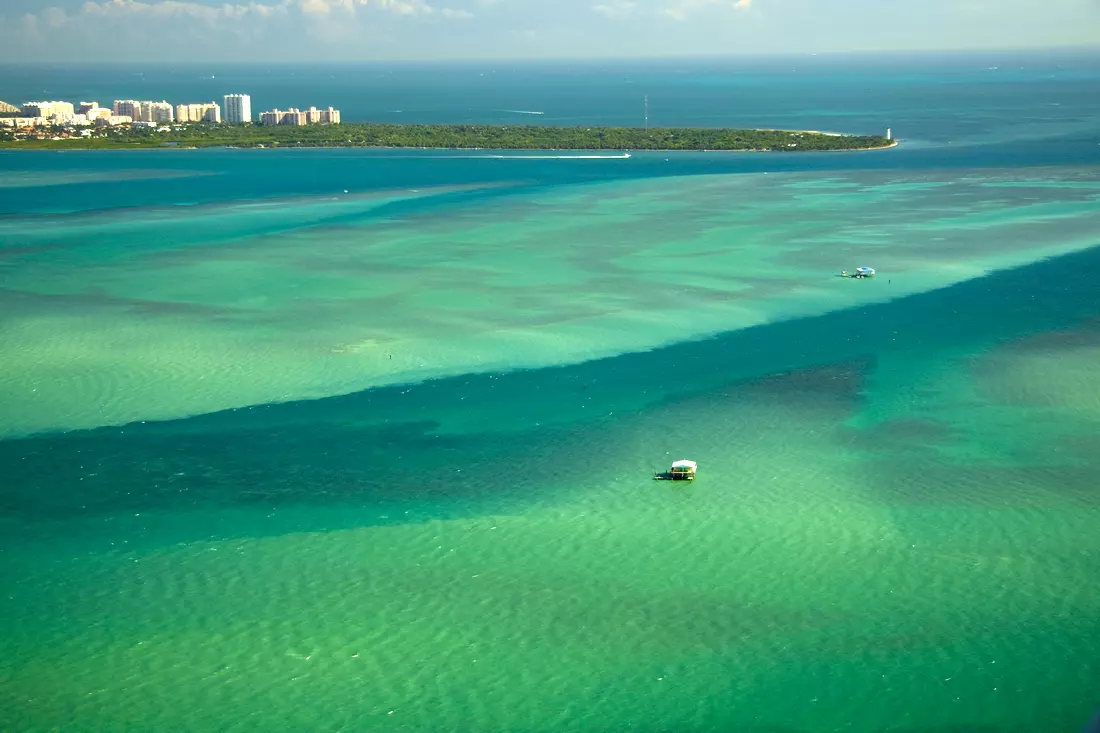
Contact American Butler — experienced professionals will help organize a tour at the most convenient time for you, taking care of all the arrangements for your leisure. The company's employees are not only looking for new and unusual attractions in the U.S., but they also study the mindset of Americans.
The memories of such a unique and mysterious phenomenon as the stilt village of Stiltsville will stay with you for a lifetime!























